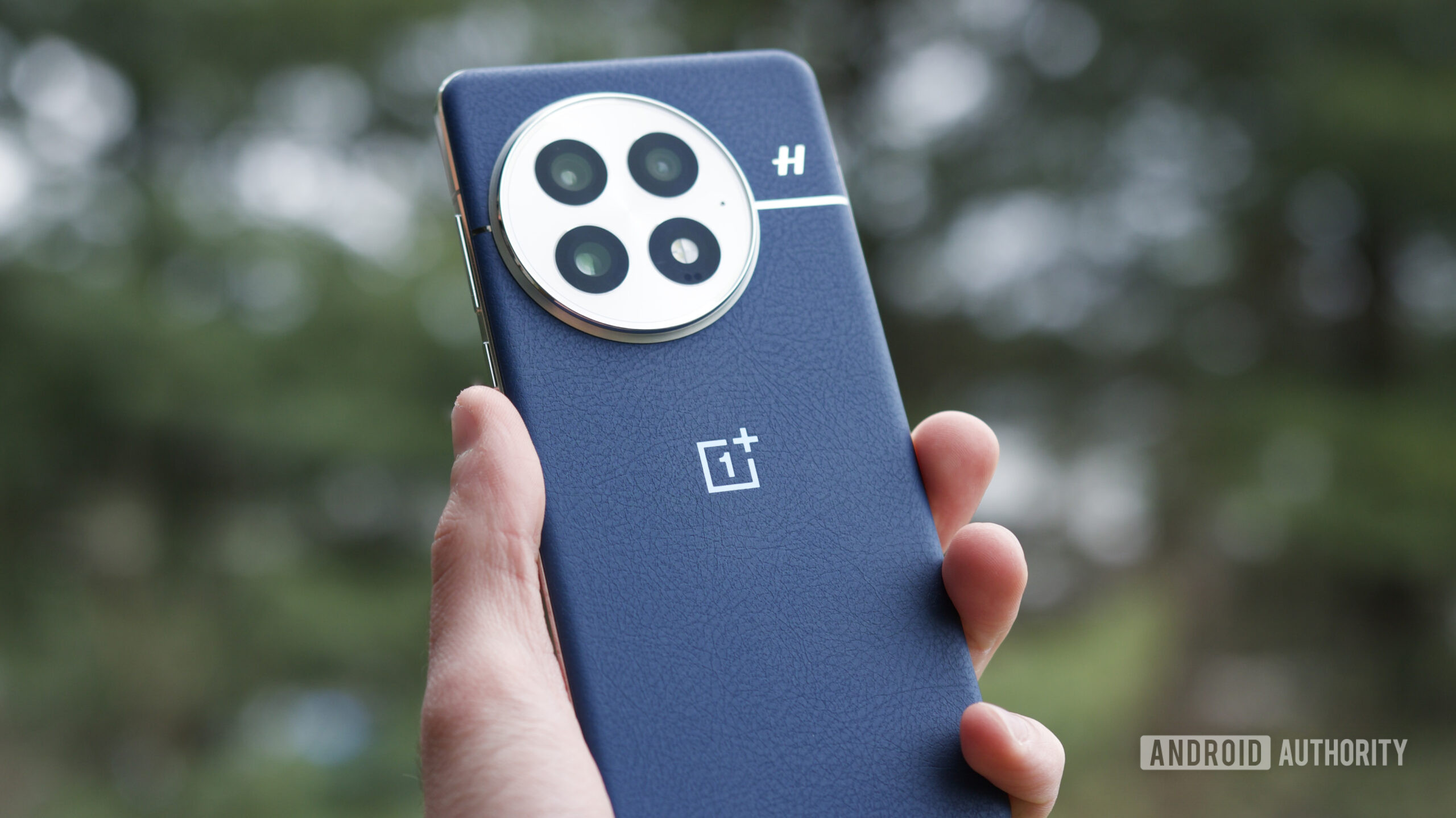
Joe Maring / Android Authority
Tariffs. Perhaps you’ve heard something about them over the last few weeks. If you haven’t, I envy you tremendously and request you make space for me under the rock you’re currently living. It sounds peaceful.
There’s been a lot of talk about tariffs recently because of the Trump Administration’s back-and-forth plans of implementing them on various countries. We don’t have time to go over everything in detail, but the current setup is a 10% baseline tariff on most countries the US trades with. The real kicker, however, is a staggering 125% tariff on China — which increased to 145% while I was writing this.
Companies importing from China are now paying a lot more in tariffs than they used to, and naturally, much of that added cost is passed down to you and me. From a consumer tech perspective, that means higher prices for Android phones, tablets, smartwatches, TVs, and any other gadgets made in and imported from China. As of April 11, we’re already seeing how those tariffs are ruining one of my favorite Android brands — OnePlus.
Are you still going to buy the OnePlus Watch 3 now that it’s $500?
5 votes
The OnePlus Watch 3 price problem
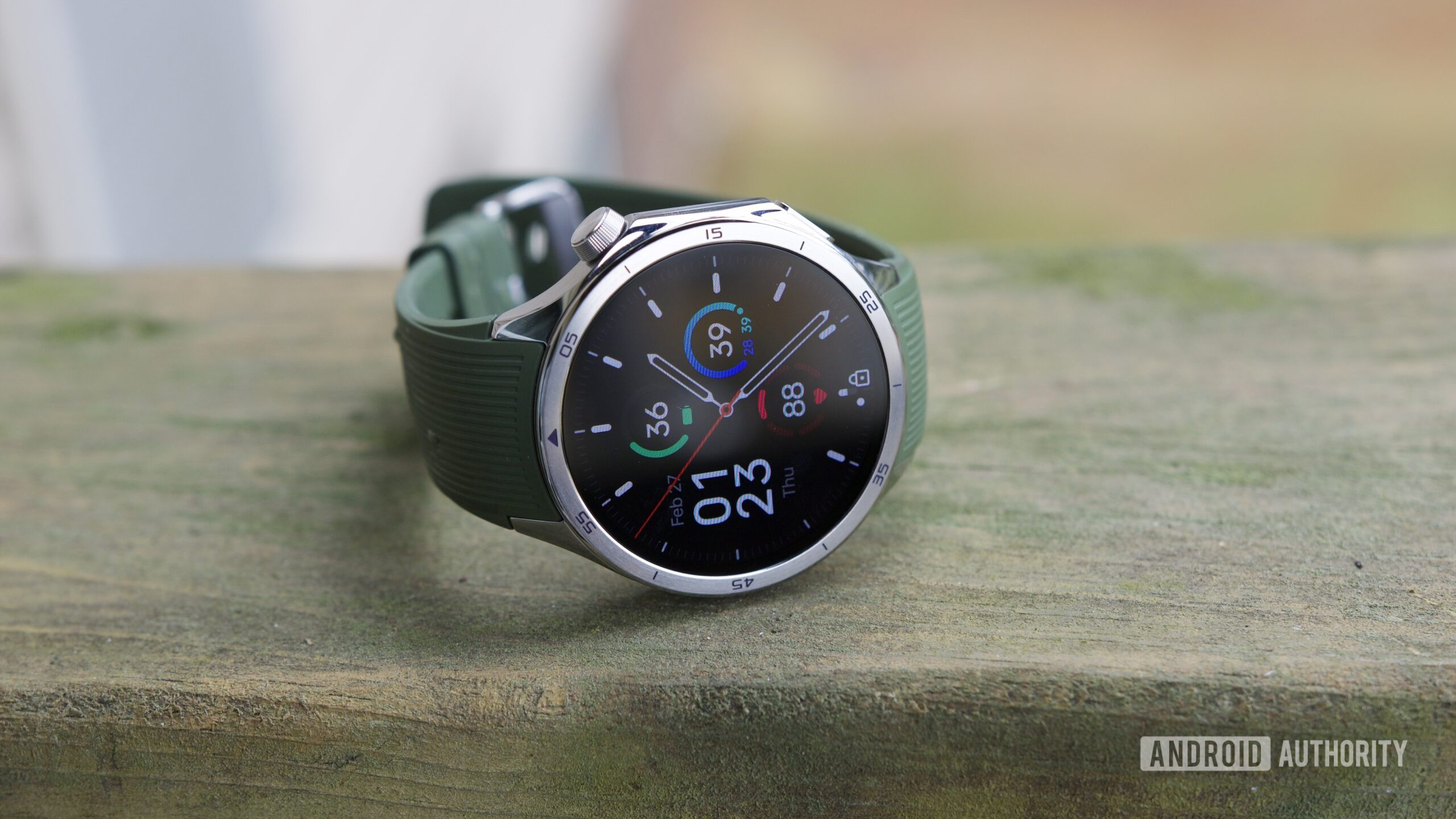
Joe Maring / Android Authority
The OnePlus Watch 3 went on sale yesterday following a lengthy delay due to its “Meda in China” typo. Originally supposed to be launched in February, the OnePlus Watch 3 had to be pushed back to correct this (admittedly funny) spelling mistake. Considering how much we like the OnePlus Watch 3 — with its classy design, excellent battery life, and vastly improved health tracking — it’s great to see the watch finally available for folks to purchase.
There’s just one problem. The OnePlus Watch 3 was supposed to cost $330, and for the brief time it was available for pre-order in February, that was its price. But visit OnePlus’s website today to buy the Watch 3, and you’ll see that it costs $500.
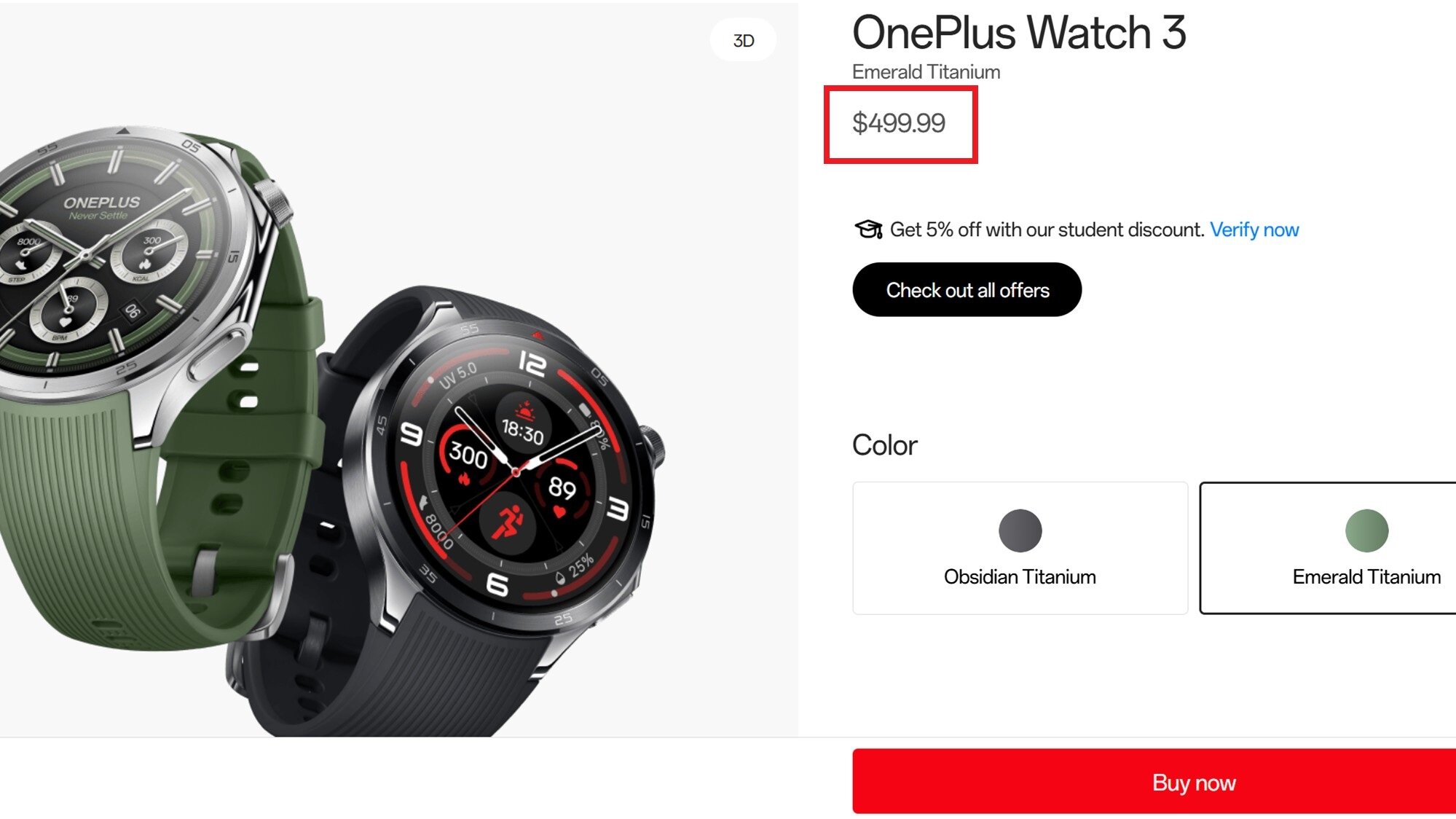
Surely, this must be a typo. Right? Android Authority reached out to OnePlus for clarification and was told, “Thank you for reaching out, we don’t have any additional comment to share at this time.”
If this were just a typo, we’d expect it to have been corrected on OnePlus’s website by now, and for a straightforward comment from the company saying as much. But seeing how the $500 price hasn’t changed in the 24+ hours it’s been live — and OnePlus’s vague statement — it’s safe to say this is intentional. And, while not directly confirmed by the company, it’s almost certainly related to that 145% tariff on China.
In other words, in less than two months, the OnePlus Watch 3’s price has increased by over 50% from its original $330 MSRP and nearly 67% from its $299 pre-order price.
The OnePlus Watch 3 is an excellent smartwatch — one of my favorites this year. At $330, it’s a wearable I’d happily recommend to just about anyone. But at $500? Now, I’m not so sure.
This is likely just the beginning

Joe Maring / Android Authority
At the time of publication, the OnePlus Watch 3 is the only product in OnePlus’s current lineup with an increased price. But it would be naive to assume similar price hikes aren’t coming to the company’s other products. OnePlus is a Chinese company that manufactures all its devices, not just the Watch 3, in China.
OnePlus hasn’t confirmed or indicated that other price hikes are coming, but it’s hard to believe that it’s eating all of its increased tariff costs just through the Watch 3. It also throws off pricing for the rest of the portfolio. Currently, the $500 OnePlus Watch 3 is just $100 less than the OnePlus 13R and only $50 cheaper than the OnePlus Pad 2. That pricing doesn’t make sense.
It’s only a matter of time before other OnePlus gadgets become more expensive.
Assuming that the 145% China tariff doesn’t go away (which doesn’t seem likely right now), it’s only a matter of time before other OnePlus gadgets become more expensive. And once that happens, it’s bound to look ugly.
Using that 50% price increase the OnePlus Watch 3 got, here’s what that would look like across OnePlus’s other products:
- OnePlus 13: $900 -> $1,350
- OnePlus 13R: $600 -> $900
- OnePlus Pad 2: $550 -> $825
- OnePlus Buds Pro 3: $180 -> $270
At those prices, why bother with OnePlus products at all? There’d be no reason to buy a OnePlus 13 over a Google Pixel 9 Pro or even the Galaxy S25 Ultra. The OnePlus 13R is currently one of the best smartphone values around, but with a 50% price bump, that goes away completely. If this is the future we’re headed toward, it’s a damn ugly one, to say the least.
What does this mean for OnePlus?
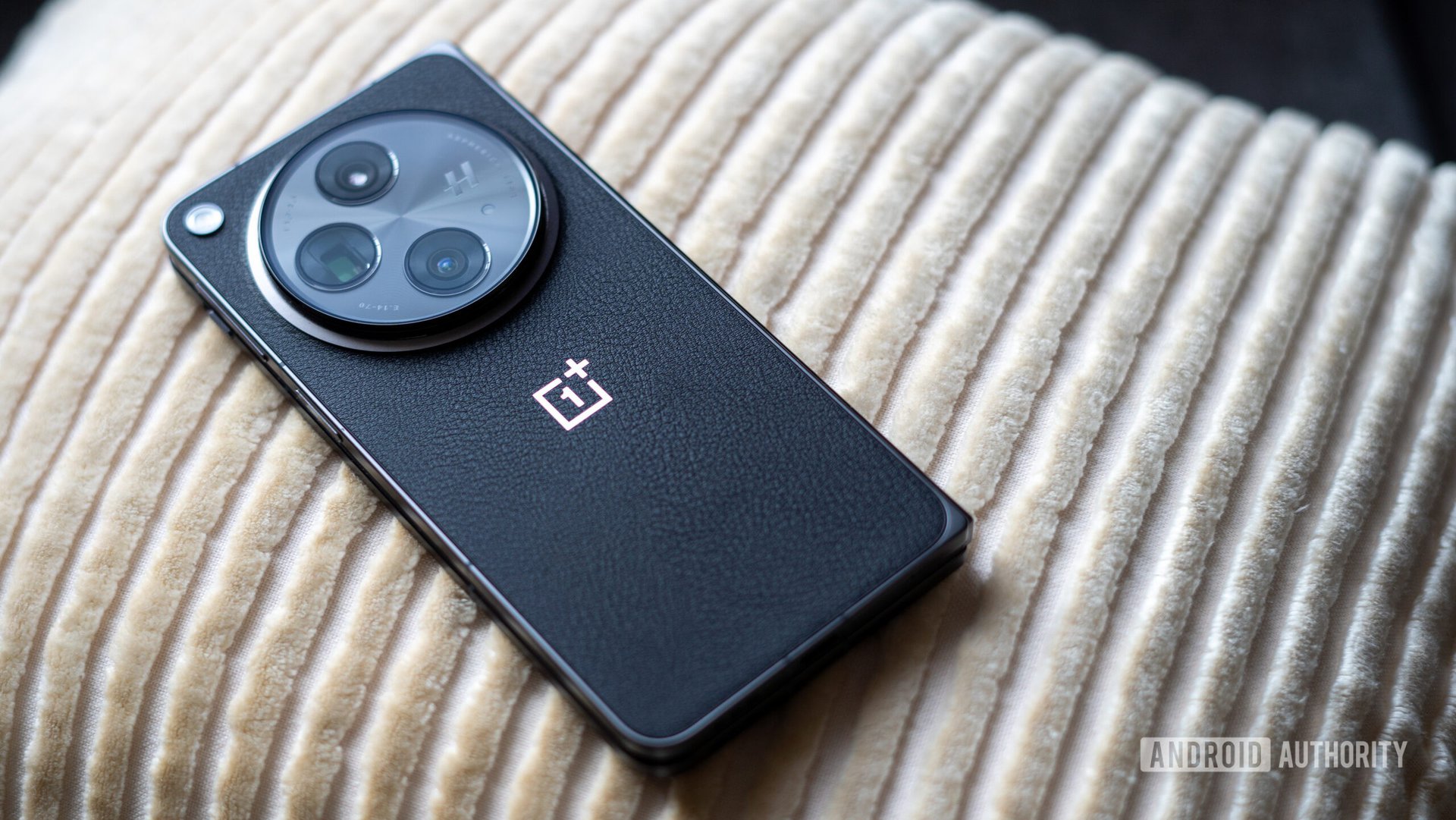
Dhruv Bhutani / Android Authority
From a consumer standpoint, this is obviously bad. If you were thinking about buying the OnePlus Watch 3 at its original $330 price tag, you’re probably not as eager to throw down $500 for it. You’re likely either not buying it altogether or seriously considering an alternative — such as the $350 Google Pixel Watch 3 or $300 Samsung Galaxy Watch 7.
That’s not to say that Google and Samsung are immune to the tariff situation, but they won’t be hit nearly as hard. Google’s Pixel hardware is primarily manufactured in Vietnam and India, whereas Samsung’s mobile hardware is also largely made in Vietnam. Those countries are paying increased tariffs (currently 10%) but nowhere near the 145% tariff OnePlus is facing.
From a business point of view, none of this is good for OnePlus. If the US and China can quickly make a deal and lower the tariff to something much more reasonable, this could just be a temporary bump in the road for OnePlus and something that only results in a more expensive smartwatch for a couple of weeks.
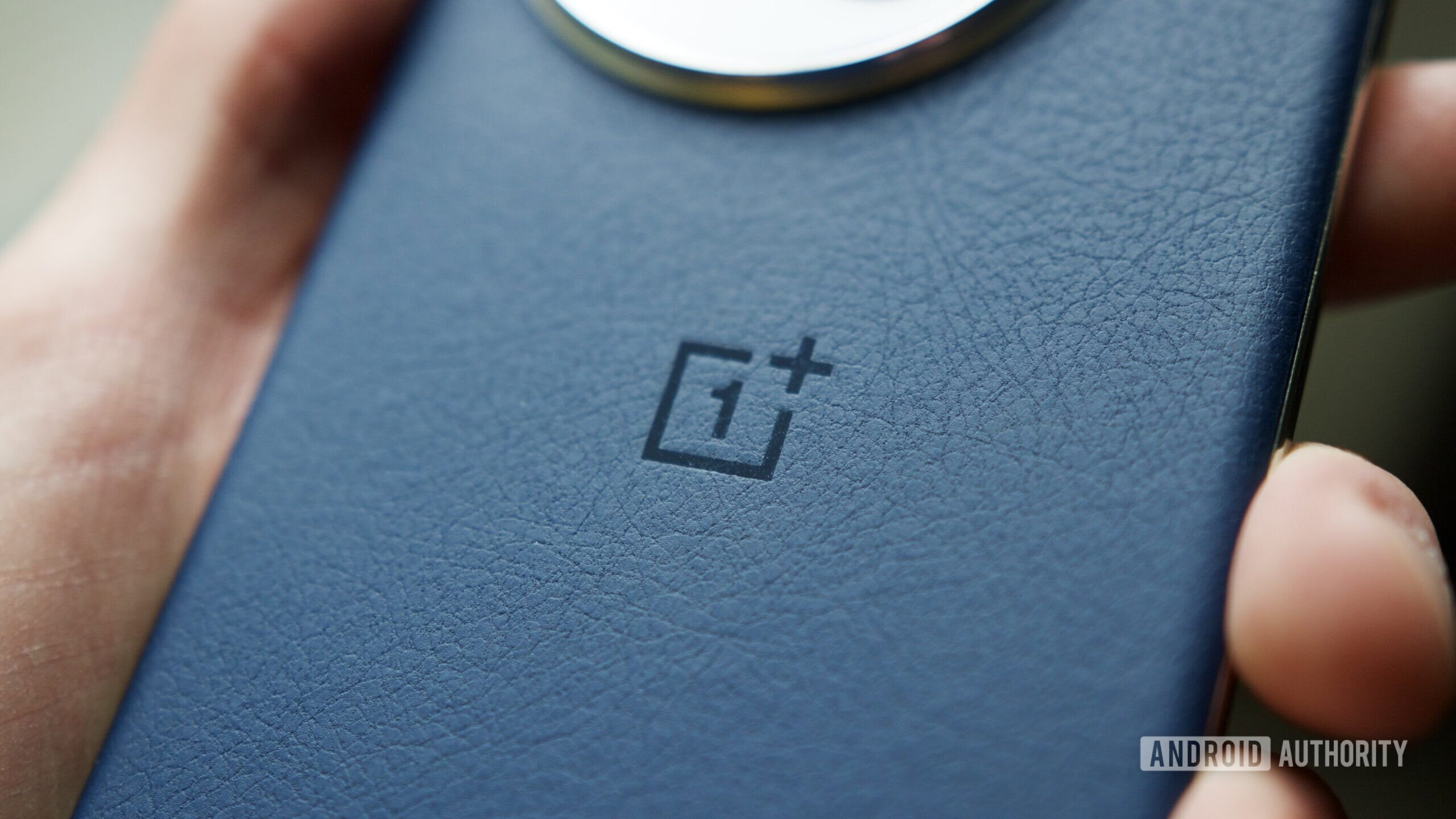
Joe Maring / Android Authority
But if that tariff doesn’t change — or keeps going up — this feels like a dire situation for OnePlus’s presence in the United States. Competitive pricing has long been one of OnePlus’s major selling points over other smartphone brands. The suggested prices above not only price out OnePlus’s products from competing devices, but what OnePlus would still manage to sell, it’d be making significantly less money on than before. As bad as a ~50% price increase is for you and me, OnePlus is stomaching the remainder of that 145% tariff. Long-term, that’s unsustainable.
So, where does that leave us? Right now, I don’t think anyone knows. If the China tariff goes away or significantly decreases soon, then this article won’t matter — and I hope that’s what happens. But if that tariff is here to stay, I worry about how much longer OnePlus can last in the US.
I worry about how much longer OnePlus can last in the US.
OnePlus may have its problems, but the variety it brings to the Android world is essential. Not only are its devices strong on their own, but they add much-needed competition for Samsung, Google, etc. All of us suffer when there are fewer options to choose from.
If the tariff situation doesn’t get better soon, we could very well be looking at OnePlus making a difficult decision about its future in the United States. And if that happens, we all lose.






